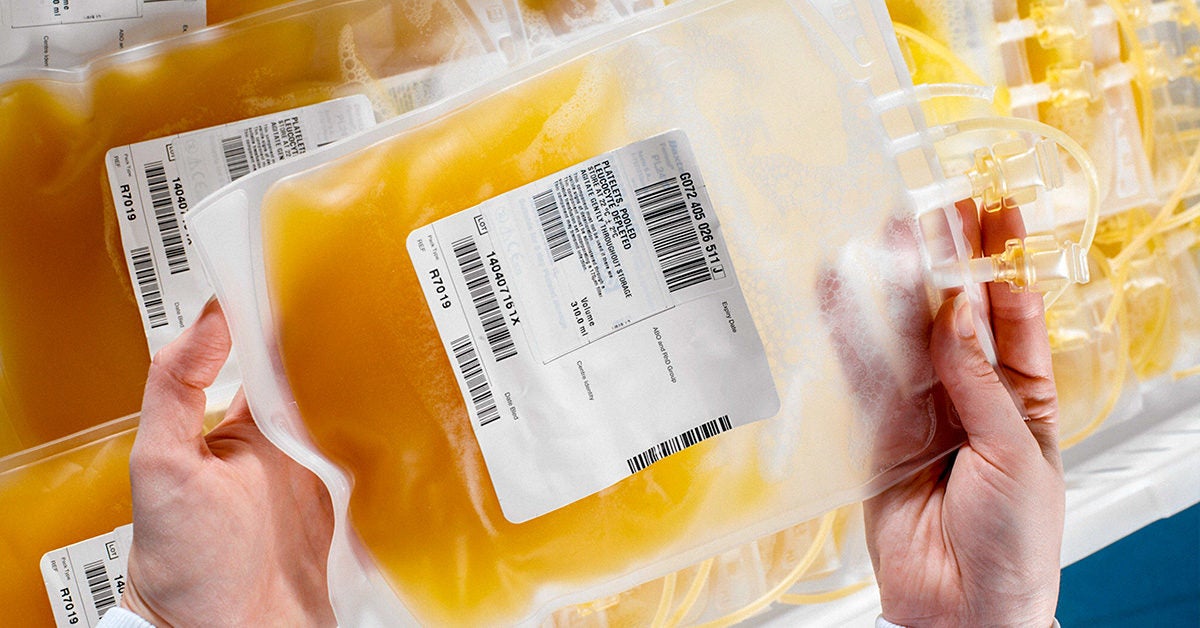What is Plasma in Blood
3 min read
Plasma is a liquid component of blood. It accounts for about 55% of the total volume of blood. Plasma contains all the cells, molecules, and nutrients necessary for the body’s normal functioning. What is plasma in blood? It delivers oxygen and nutrients to cells, carries away waste products, and helps to protect against infection.
Who should donate plasma?
Plasma donations are collected from healthy individuals who meet certain eligibility criteria. Individuals at least 18 years old and weighing at least 110 pounds or more may be eligible for plasma donation. However, there are certain medical conditions that may disqualify an individual from donating plasma.
For example, individuals who have certain types of cancer, HIV, hepatitis, or certain other infectious diseases may not be eligible. It is important to note that each plasma donation center has specific eligibility requirements, and it is advisable to check with the center to determine if you are eligible to donate.
Additionally, blood groups also play a vital role in plasma donation. Those within type AB are urged to try donating their plasma. Blood type AB is the only universal plasma and can be given to patients regardless of their blood type. This means that a person with the blood type AB can do an immediate AB plasma transfusion without focusing much on blood typing.
In urgent medical situations, for instance, handling a life-threatening situation like an injury that involves major burns, determining the patient’s blood type can delay assistance. Plasma donations as explained by The Red Cross can happen every 28 days and up to 13 times a year. The average donation takes one hour and 15 minutes, which is more time-sensitive than donating whole blood.
Functions of Blood Plasma
Blood plasma is an important factor in the bloodstream of every human being. One of the primary uses of blood plasma is to provide a source of proteins for the body. These proteins include clotting factors, antibodies, and other proteins that maintain the body’s immune system. Plasma is also used to treat other medical conditions, including:
- Hemophilia: Plasma contains clotting factors that are used to treat individuals with bleeding disorders such as hemophilia. Plasma acts fast to stop bleeding in that area, thereby saving the patient.
- Shock: Plasma increases blood volume in individuals who are experiencing shock due to blood loss or dehydration.
- Burns: Plasma can help treat individuals with severe burns by providing the body with proteins and other nutrients necessary for healing.
- Plasma is used to produce various medical products, including medications, vaccines, and diagnostic tests.
- It helps alleviate shock, boosts the bloodstream, and helps with blood clotting.
- Pharmaceutical companies use plasma to generate treatments for immune deficiency and bleeding disorders.
What is a plasma donation?
Donating blood plasma is a safe and relatively simple process. Plasma collection happens through plasmapheresis, separating the plasma from the other blood components. During the plasma donation process, blood is drawn from the donor’s arm and is passed through a machine that separates the plasma from the other components of the blood. The remaining blood cells and plasma are then returned to the donor’s body through the other arm. The process is similar to giving blood, but it takes a bit longer because the plasma is being separated out.
Plasma donation is done at a blood or plasma center and is usually compensated. It is important to note that donating plasma is a safe and important way to help others, but it is also important for donors to be in good health and to follow all of the guidelines set by the plasma center to ensure a safe and successful donation. The donated plasma is frozen within 24 hours of donation to preserve the precious clotting aspects. It is kept in the refrigerator at a minimum requirements level before being thawed for transfusion to a patient when needed.
What is plasma in blood Blood plasma plays a vital role in maintaining good health and treating a wide range of medical conditions. Plasma is an important resource that healthcare professionals worldwide use to help save lives and improve the quality of life for countless individuals. Governments, physicians, and health organizations often encourage plasma donations to help patients who need them.




